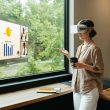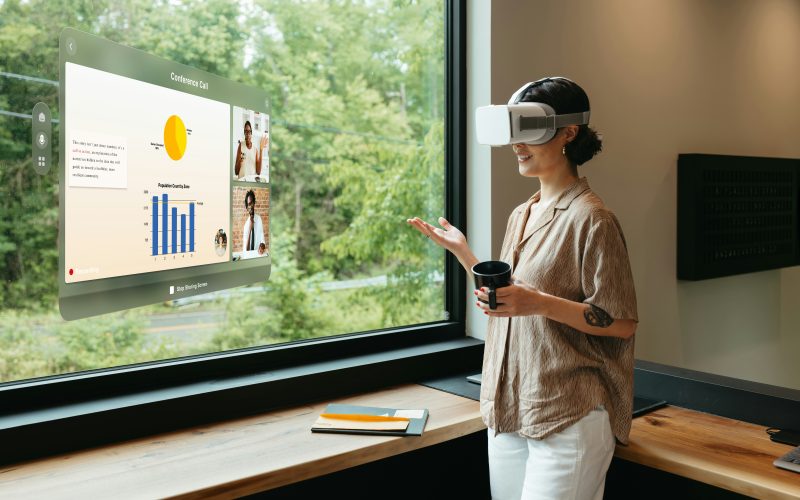A New Chapter for Storytelling
Books have always been doors to other worlds. They carry readers through kingdoms of dragons or the streets of Paris without moving a step. Now virtual reality is adding a new lock and key to that door. Instead of picturing a setting in the mind, readers can step inside a living scene. A castle no longer rests only in imagination—it rises with stone walls and flickering torches that seem close enough to touch.
This shift does not erase the comfort of a paper book. It builds on it. The old ritual of reading remains but it blends with a new kind of presence. Free reading online feels complete with Z lib when paired with this technology because the depth of access to books meets the depth of experience VR can provide. The result is less about replacing traditions and more about weaving them with modern threads.
How VR Shapes the Act of Reading
Stories have always relied on the senses. Words create sound smell and movement with nothing but ink. VR strengthens that process by adding real sensory layers. Imagine hearing waves crash as the first line of “Moby Dick” appears or seeing the rain fall around the pages of “Wuthering Heights”. It is no longer a silent mental exercise—it becomes a shared environment where each sense participates.
This does not mean VR is only for fantasy. History books gain new weight when the reader stands on ancient roads while absorbing text. Science lessons become more than diagrams when planets spin in orbit around the desk. VR takes the inner world of reading and marries it with external cues that hold attention in a fresh way.
To understand this shift more deeply it helps to break down the main elements:
- Presence and Engagement
Presence is the beating heart of VR reading. Instead of passive scanning of text, the reader feels part of the scene. Engagement rises when every detail around supports the story. A forest described in a poem can be walked through with sound and depth. That kind of immersion keeps focus steady and reduces the urge to drift away to outside distractions.
- Learning and Retention
Learning is not only about taking in words but keeping them. VR helps information stick by connecting abstract content with concrete images. When reading about the solar system while standing on Mars, the brain holds on to that detail longer. Memory works best when tied to vivid experiences, and VR makes even dry content more memorable through simulation.
- Emotional Connection
Stories move people most when emotions are stirred. VR heightens this by shaping the environment to match tone. A tragic scene can be surrounded by dim light and soft echoes that deepen sadness. A comic tale might carry bright colors and playful sounds that reinforce laughter. Emotion becomes an environment instead of only a line of text.
This layered approach does not strip books of meaning—it multiplies the ways they can touch a reader. It shows that text is not limited by the page but can stretch into an entire space that surrounds the body.
Challenges and Open Doors
Not every page needs a headset. The quiet act of flipping paper or scrolling text will always have value. VR is not meant to erase those practices. It does raise questions though. What happens when hardware costs make access unequal? Will constant visual input tire the mind instead of relaxing it? These challenges echo the way film once stirred fears about books losing value, yet books remained strong.
The promise lies in balance. A novel read in silence on a park bench still holds power. The same novel viewed through VR can offer a different kind of strength. Each format answers to mood and context. When used wisely VR has the chance to bring reluctant readers back into the fold and give familiar readers a reason to rediscover old favorites.
Turning Pages into Places
The real gift of VR is its ability to make reading feel like travel. A page can turn into a room, a sentence into a pathway. It is as if literature finally gained a stage and the actors are built of pixels instead of flesh. Readers do not just imagine—they wander, they listen, they witness.
Books taught generations how to see beyond their window. VR now builds the window itself. Both approaches hold their charm. Together they show that the act of reading is not fading—it is simply changing clothes and stepping into a new scene.









